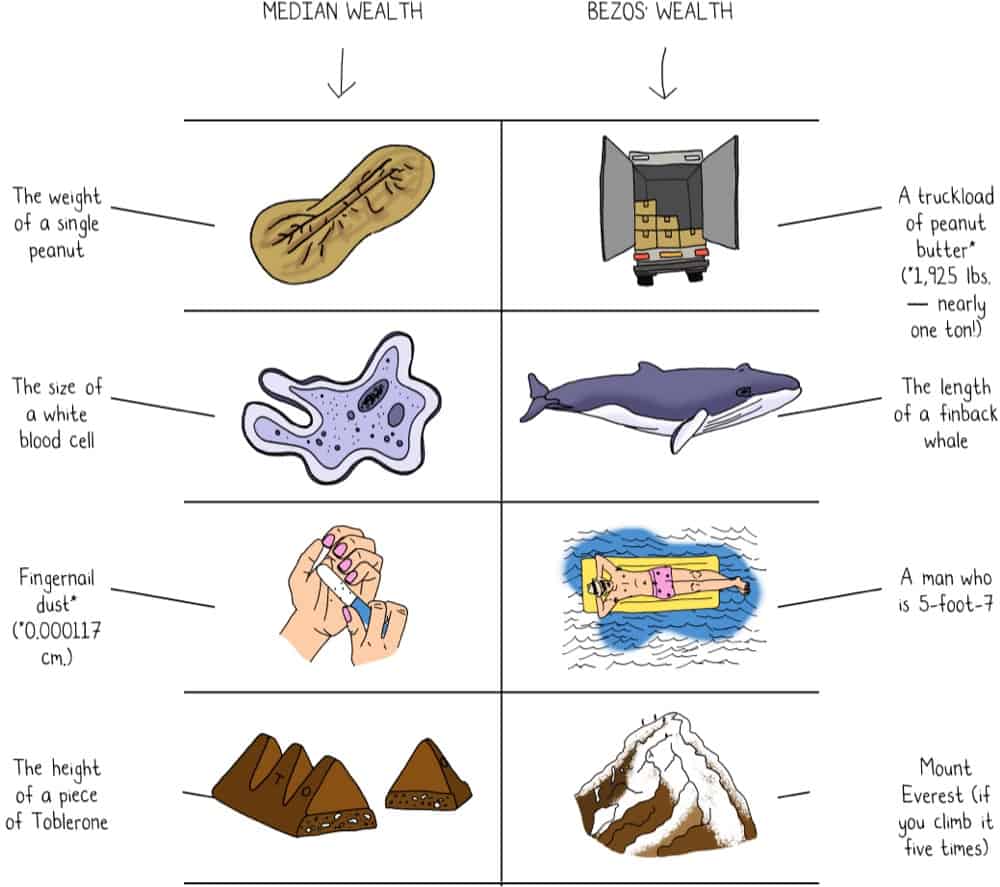How a storyteller helps a corporation
I’m often asked – yesterday, in fact – about what I do when I’m consulting with a corporation, an advertising agency, or a business owner.
More specifically, how can a storyteller like me help a Fortune 100 company?
It’s a hard question to answer because there are so many answers, and none of them are really clear. I often say that I help people tell better stories about their company, their products, their services, and their people, but that’s still hard for most people to imagine.
It’s hard for me to imagine.
It’s also kind of crazy. I tell stories about myself onstage. As a result, I now work with marketing departments, sales teams, entrepreneurs, corporate executives, and founders, helping them grow their companies. I work with hospitals and universities to help improve and expand on the services they provide.
It was never my plan and is still hard to fathom, even after doing this kind of work for years. Therefore, it’s difficult to explain.
Then I saw this chart. It’s an excellent, highly simplified, visual representation of what I do:
I find ways to tell stories about difficult-to-understand concepts, large numbers, complex processes, new ideas, never-before-seen products, unique services, innovative solutions, and groundbreaking advances in technology and medicine.

Sometimes it’s a relatable or amusing or emotionally appealing story. Sometimes it’s a clear, concise explanation. Many times it includes or is built upon similes and metaphors.
In all things, it should always be entertaining. Every time we’re speaking to a customer or client or stakeholder or investor, we should be entertaining.
As a teacher, I adhere to this same belief. Before I do anything else to plan a lesson, my first and most important question is how I am going to entertain these kids.
Entertaining doesn’t always mean funny or suspenseful or exciting. You can also be enlightening, interesting, unexpected, clarifying, eye opening, surprising, fascinating, original, authentic, vulnerable, or mind expanding. Upending a belief can be entertaining. So, too, can proving a theory. Offering a better option. Helping someone see a better future. Challenging a preconceived notion.
All of these things and more can be entertaining.
When we are entertaining, our audience is engaged with us and our message. They cannot look away. They cannot help but wonder what we will say next.
That is what I do when I am consulting with a corporation or advertising agency or business owner. I’m helping them then tell better, clearer, more engaging, more understandable, more entertaining stories.
Kind of like the work this chart is doing.
